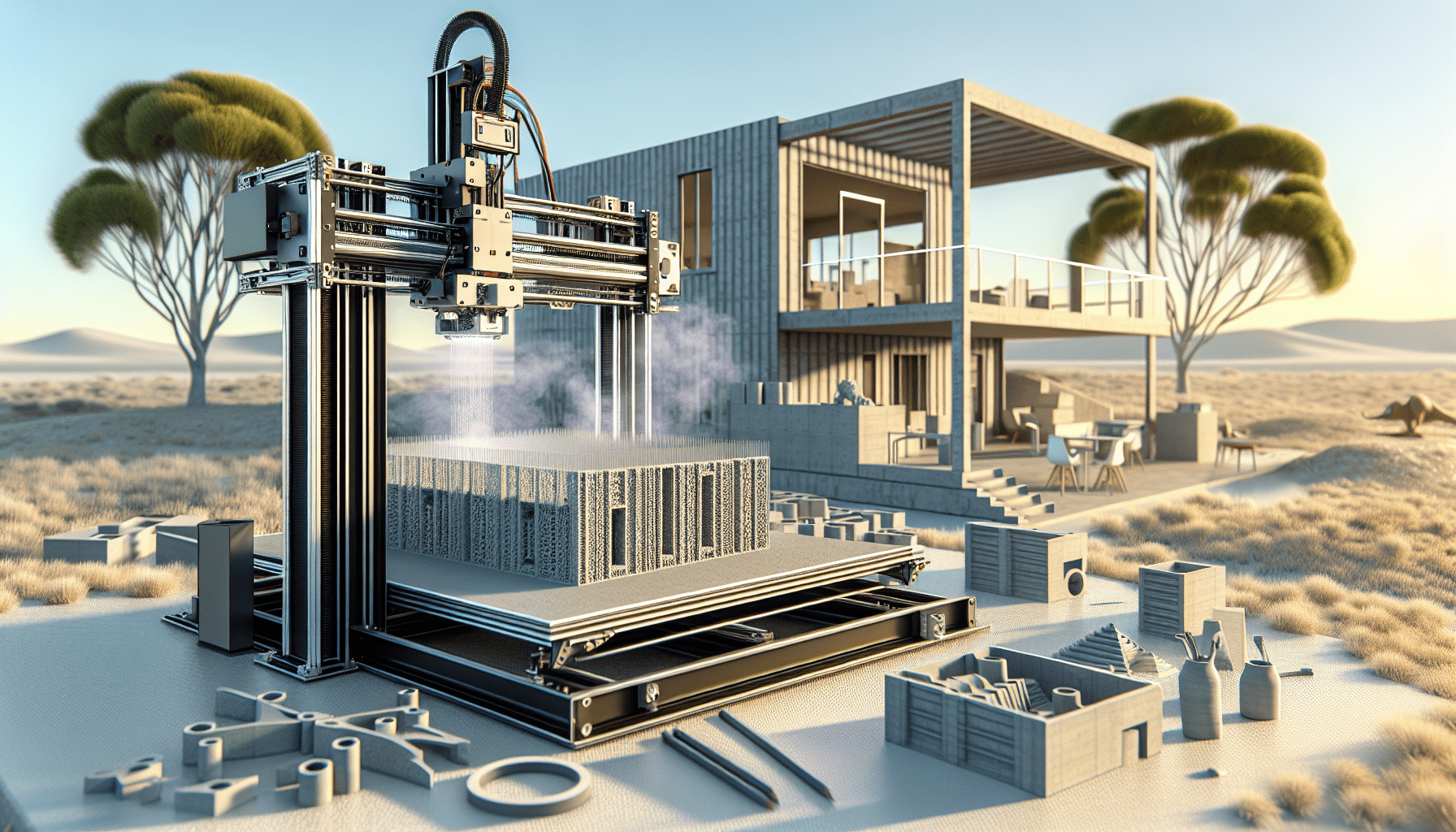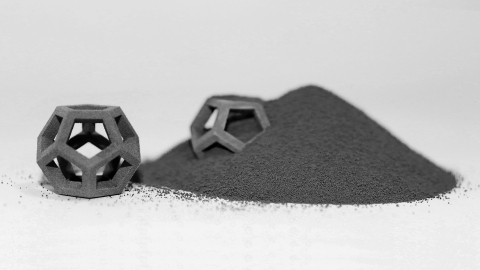Have you ever wondered how tech innovations are revolutionizing traditional industries? One striking example comes from Australia, where 3D printing technology is significantly impacting social housing construction. The potential to transform housing affordability and availability is immense. Let’s take a closer look at how this technological advancement is unfolding in the Land Down Under.

$30 off $400+ Anycubic Products with code AC30OFF
The Shift Towards 3D Printing in Construction
Why 3D Printing?
It’s fascinating to think how far 3D printing has come. Initially used for prototyping and small-scale production, it’s now making waves in various industries, including construction. One of the major selling points of 3D printing is its ability to accelerate construction time by as much as 50% compared to traditional methods. Imagine constructing a building in 16 weeks instead of 40. This isn’t just a theoretical improvement; it’s a practical one that Australia is leveraging to tackle housing shortages.
The Growing Housing Crisis in New South Wales
People in New South Wales, like many other parts of the world, are grappling with issues related to housing affordability and availability. Urban centers are bursting at the seams, and rural areas are often neglected in terms of adequate housing infrastructure. This is where 3D printing comes into play, offering a beacon of hope for many who are struggling to find suitable homes.
The Innovation in Dubbo, NSW
The Role of Contour3D
Contour3D is at the forefront of this innovative leap in construction. This local 3D printing company has already demonstrated its capabilities by 3D-printing a one-bedroom home in Gymea Bay, NSW. Their gantry-based construction technology has proven effective, both in terms of speed and cost-efficiency. Now, they are set to take on a more ambitious project: building a series of two-bedroom duplexes in Dubbo.
Aboriginal Sustainable Homes: Leading the Way
Aboriginal Sustainable Homes has teamed up with Contour3D for this project. They aim to construct these much-needed social housing units on a vacant lot. The homes will be offered to tenants through the Aboriginal Housing Office, exemplifying a socially responsible approach to innovation.

Buy Photon Mono M5 Get Free 1KG Resin
The Mechanics of 3D Printing Construction
The Technology Behind It
So, how does 3D printing in construction actually work? In the case of Contour3D, they use large-scale concrete 3D printers based on gantry systems. These printers effectively “print” the house layer-by-layer, using concrete as the primary material. This method allows for intricate designs and structural integrity while significantly reducing waste.
Speed and Efficiency
One of the standout features of 3D printing is its speed. For instance, the one-bedroom home in Gymea Bay was completed in just 14 hours of print time spread over two days. By reducing labor hours and material waste, 3D printing offers a faster, more efficient alternative to traditional construction methods.
Sustainability Matters
Less Waste, More Efficiency
In traditional construction, material waste can be a significant issue. However, 3D printing minimizes this by using only the material that’s needed, reducing waste substantially. This not only brings down costs but also aligns with global sustainability goals.
Energy and Resource Management
3D printing technology can also offer better energy and resource management. By utilizing locally sourced materials, like concrete, and eliminating the need for transport of various construction components, the carbon footprint of construction projects can be drastically reduced.
Government Support and Future Implications
Backing from Authorities
The New South Wales government is highly supportive of using modern construction techniques, including 3D printing. Rose Jackson, the Minister for Housing and Homelessness, highlighted the importance of such innovative methods in delivering social and affordable housing more rapidly, especially in remote and regional areas.
Evaluating Success and Potential Expansion
Once the Dubbo project is completed, its success will be meticulously evaluated. Stephen Lawrence, Member of the Legislative Council, emphasized that the results will guide the future use of this technology across the state. The endeavor aims not just to provide immediate housing solutions but also to pave the way for more widespread adoption of 3D printing in construction.
Broader Impacts on Social Housing
Economic Benefits
Economic factors play a crucial role in housing projects. The reduced construction time and costs associated with 3D printing make it a highly attractive option for social housing projects, which often operate under tight budget constraints.
Community Impact
Providing rapid, affordable housing solutions can have profound effects on communities. Not only does it address immediate needs, but it also fosters a sense of security and stability for residents, contributing to overall community well-being.
The Road Ahead: Challenges and Opportunities
Potential Challenges
Despite the promising future of 3D printing in construction, several challenges exist. Regulatory frameworks need to adapt to accommodate these new technologies. Additionally, there might be resistance from traditional construction stakeholders who are accustomed to conventional methods.
Opportunities for Growth
However, the opportunities are immense. From potentially lowering the costs of housing to reducing environmental impact, the widespread adoption of 3D printing could revolutionize the construction industry. Continuous innovation and collaboration between technology companies and housing authorities will be crucial in overcoming existing barriers.
Conclusion: A Bright Future for Housing
The intersection of 3D printing technology and social housing presents a formidable solution to one of the most pressing issues of our time. The upcoming projects in New South Wales are not just innovative—they’re necessary. They represent a blend of technology, social responsibility, and efficient resource management that could serve as a model for the world.
So, as you ponder the future of construction, imagine a world where homes can be built swiftly, affordably, and sustainably. Thanks to pioneers like Contour3D and supportive government initiatives, that future might be closer than we think.
If you’ve ever wondered how technology can impact traditional industries, the story of 3D printing in Australia’s social housing sector offers a compelling answer. From accelerating construction times to addressing housing shortages, the implications are as exciting as they are essential.
$30 off $400+ Anycubic Products with code AC30OFF








